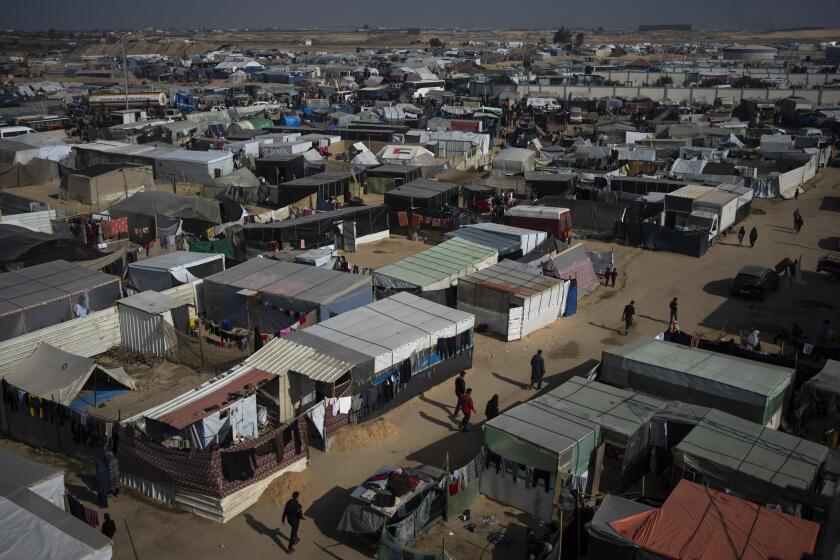ENVIRONMENT WATCH : View Finder
There is dramatic new evidence that environmentalists are right in saying everything is connected to everything else. Light bills in Los Angeles, it turns out, are connected to smog in the Grand Canyon that on some winter days makes it hard to see from one rim to the other. Both, in turn, are connected to tap water in Phoenix and Tucson.
A suit by the Environmental Defense Fund has made the connections clear. It has also led to a plan to put scrubbers in an Arizona power plant to make the air around the Grand Canyon clear.
The centerpiece is the Navajo Generating Station, a coal-burning power plant that spews 70,000 tons of sulfur dioxide a year over the canyon and surrounding area.
It was built to generate power to pump water from the Colorado River to the federal Central Arizona Project, the state’s biggest water delivery system. The federal government also took in partners--including the Los Angeles Department of Water and Power--to share costs and built a plant big enough to supply power to the DWP and utilities in Arizona and Nevada.
Under the new agreement, the partners will share the $90-million annual cost of scrubbing 90% of the sulfur dioxide from the plant’s emissions. That should leave the spectacular walls and waterfalls of the Grand Canyon in plain view, even in the winter; during the rest of the year desert winds disperse the smog, most of which drifts across the border from Southern California.
That is still another, tougher connection that the region’s air quality managers are working on.
More to Read
Sign up for Essential California
The most important California stories and recommendations in your inbox every morning.
You may occasionally receive promotional content from the Los Angeles Times.






